Weight
2.8 kg
Size
24.5 × 31.5 cm
Pages
528
Publishing date
December 2007
Published by
Lynx Edicions
Description
A comprehensive exploration of the relationships between the distributions of European breeding birds and the present climate, and how future climatic change may alter each species’ potential breeding distribution.
Results are presented in detail for 431 species; brief accounts are also included for a further 48 native and 16 introduced species.
The contents of the volume include:
- outline accounts of climate and vegetation patterns in Europe
- a biogeographic analysis of the breeding birds of Europe
- a review of the background to studies of the relationships between species’ distributions and climate
- a discussion of the methods used in such studies; a summary of how European climate is projected to change by the end of the present century
- a discussion of how species respond to climatic changes
- for each of 431 species: a brief account of their distribution and ecology, maps of their recent observed and modelled geographical distribution, and of their potential future distribution in the late 21st century, a graphical representation of the location in climate space of the species’ distribution and text describing the possible effects of climate change on the species
- a synthesis and discussion of the results for the ensemble of 431 species examined
- a concluding section exploring the implications of these results, especially with respect to the conservation of birds in Europe.
The many maps and diagrams this volume contains, as well as the succinct accounts of the distribution and ecology of the 431 species examined in detail, offer much that will be valued by the amateur and professional ornithologist alike. The introductory, review and synthetic material will also be of interest to a wider range of biologists and conservation scientists, as well as to those in government and non-government organisations addressing issues relating to biodiversity conservation, both in Europe and beyond.
Published as a partnership between Durham University, the RSPB and Lynx Edicions in association with the University of Cambridge, BirdLife International and EBCC.
To read more, please download the following PDF: Summary brochure of the Climatic Atlas (RSPB)
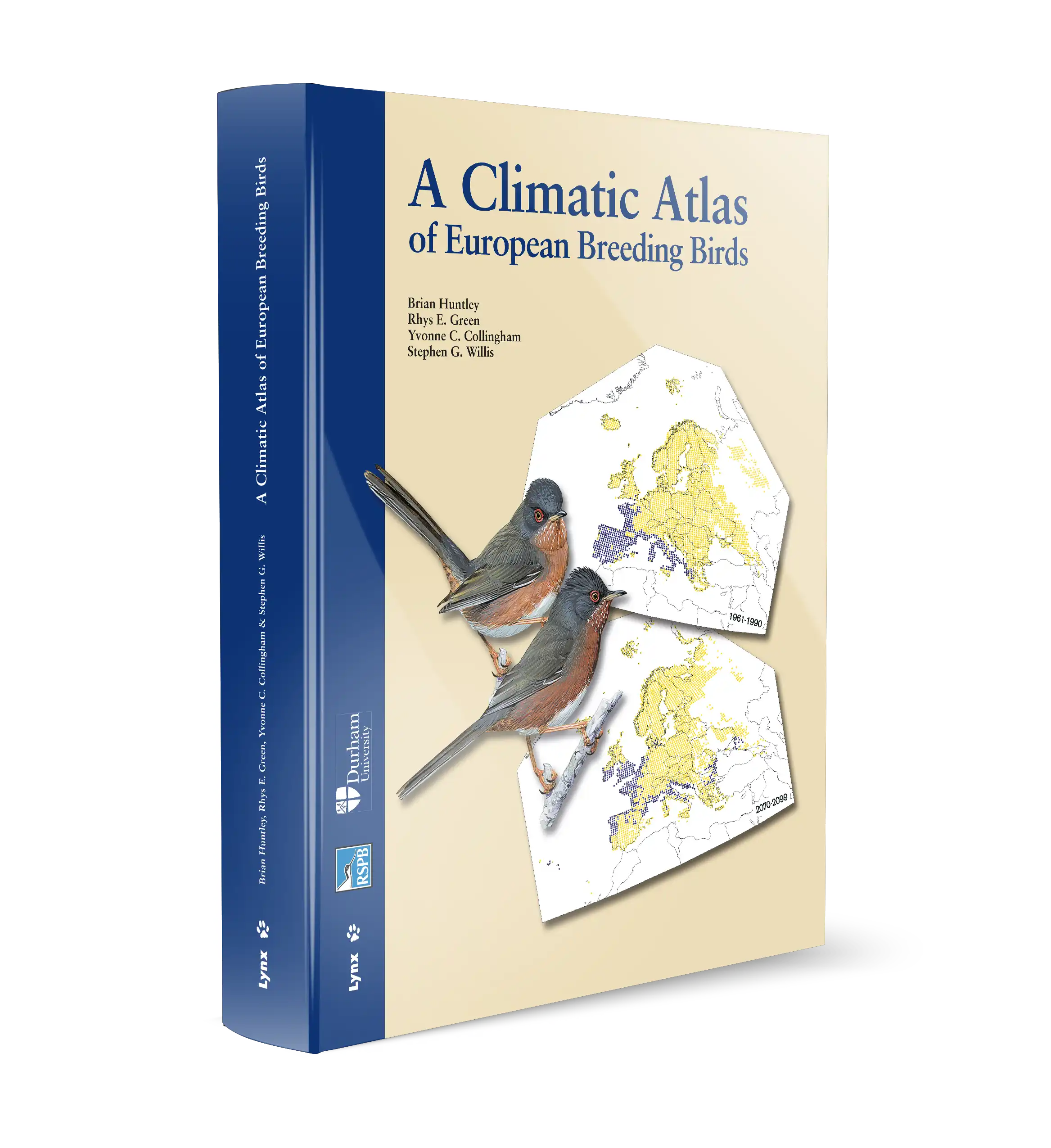
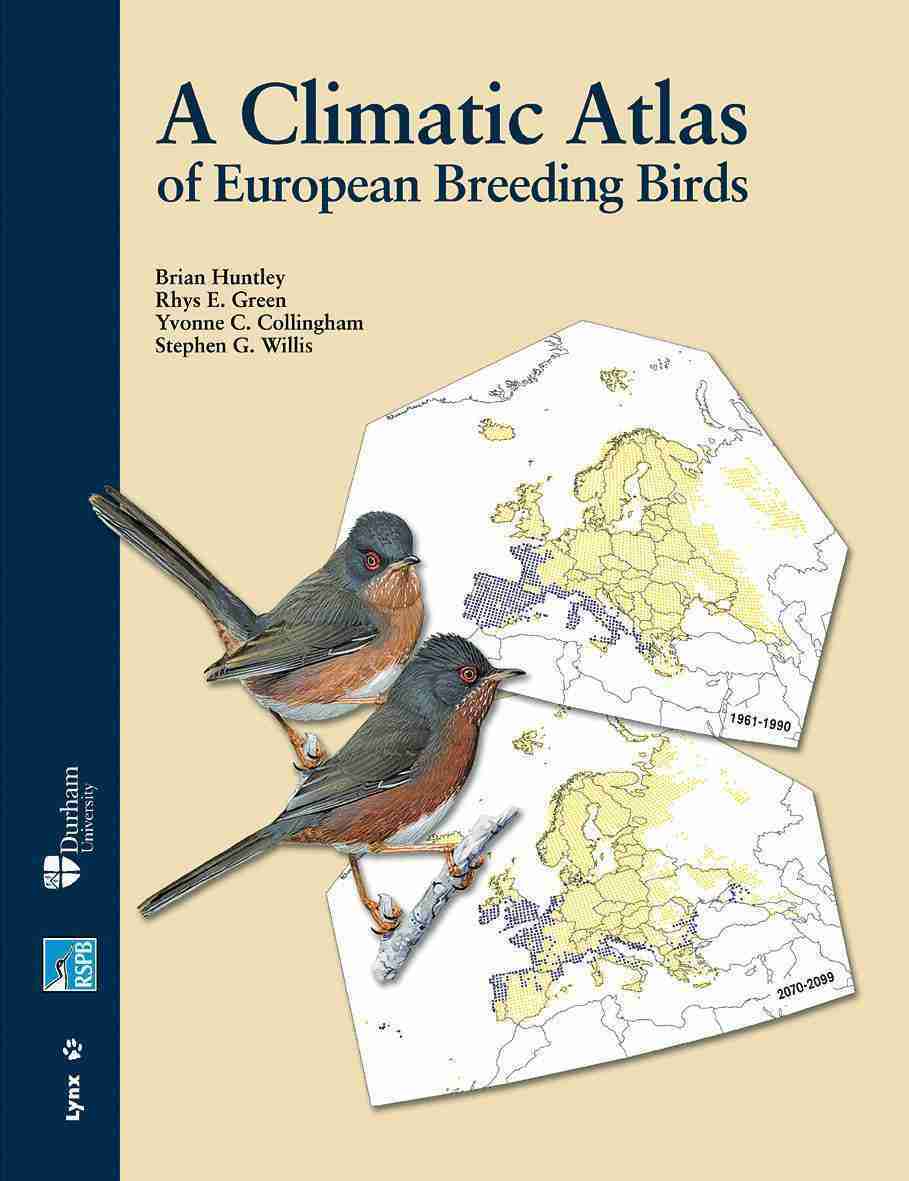
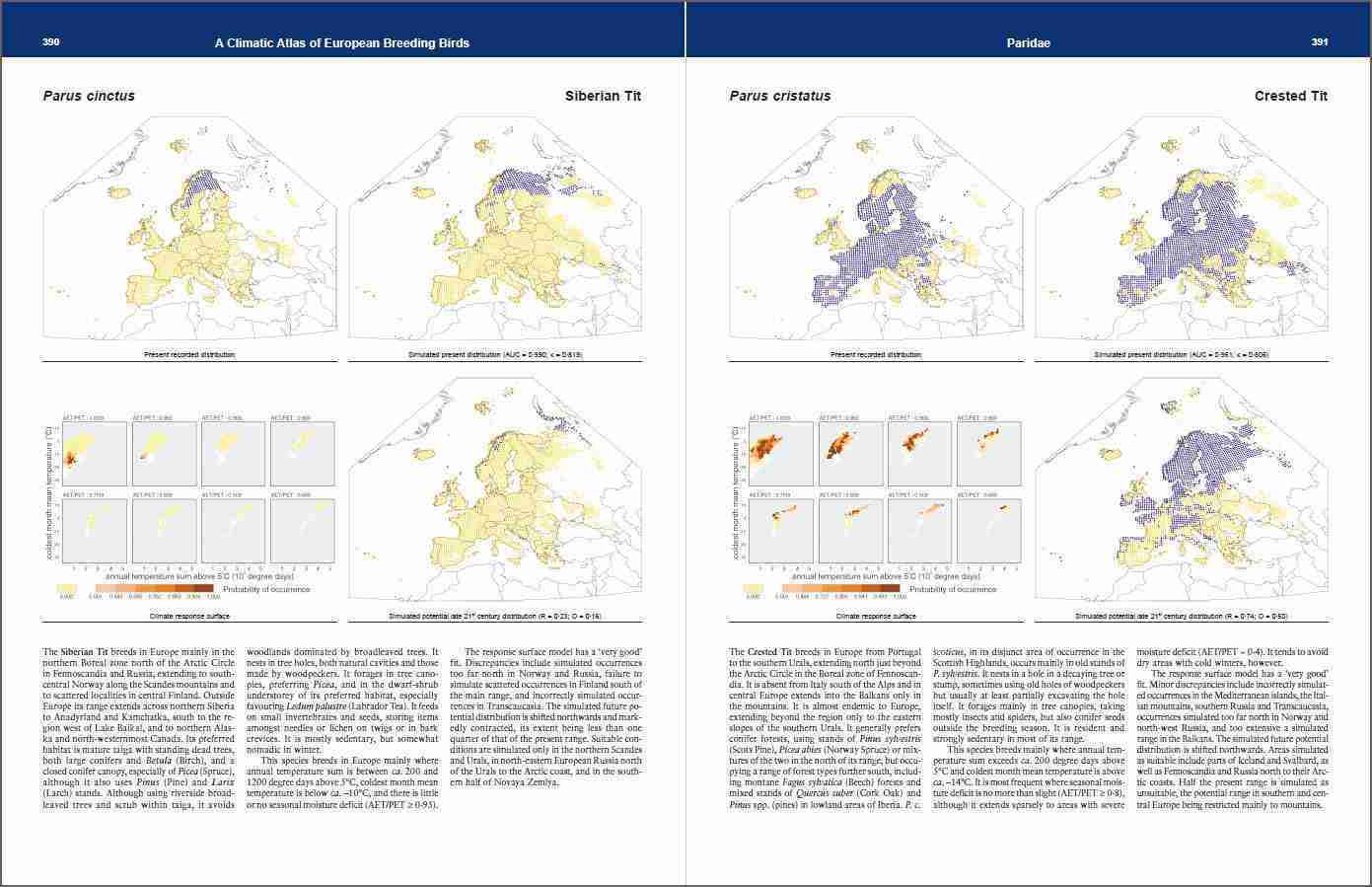
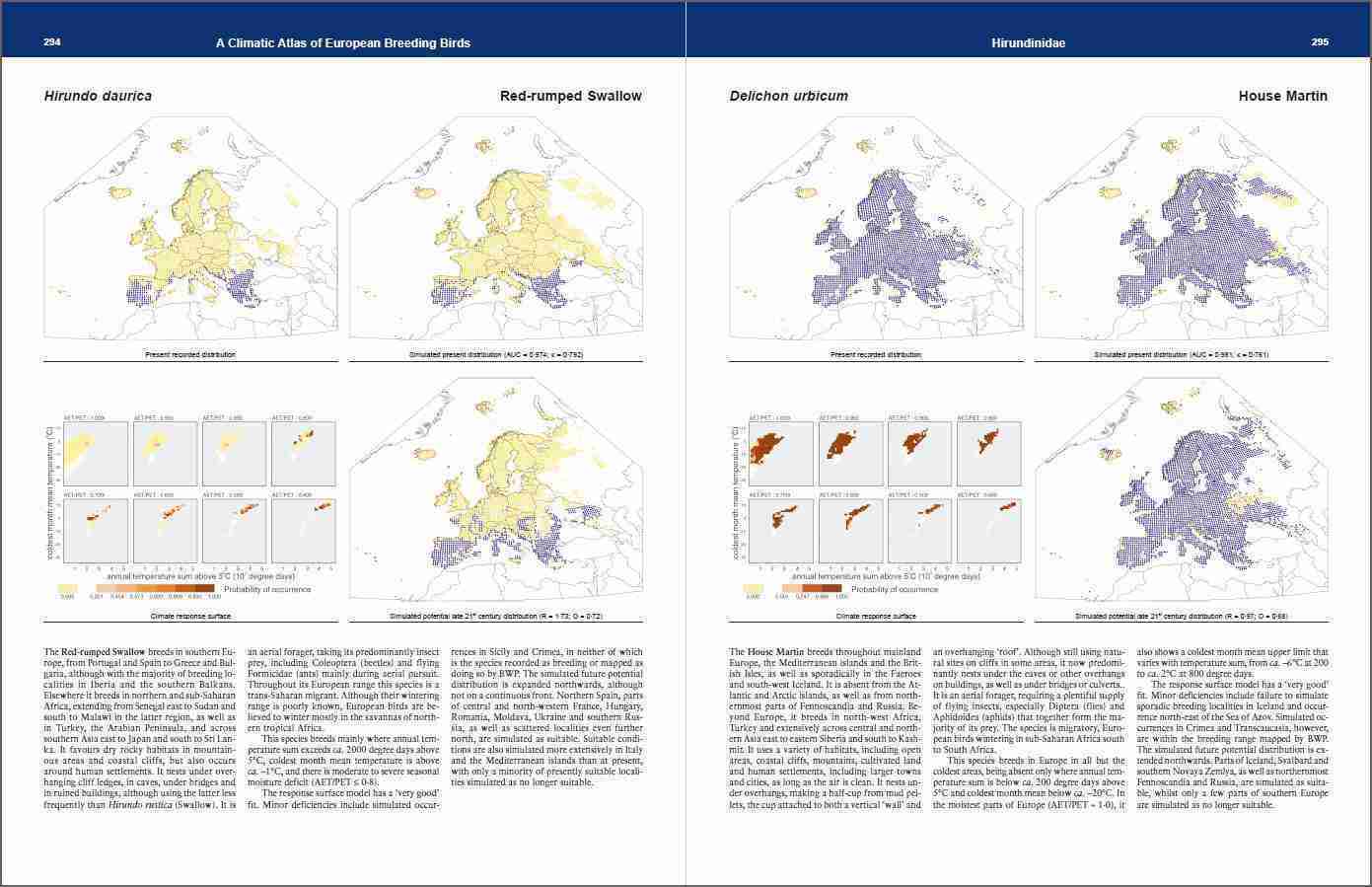
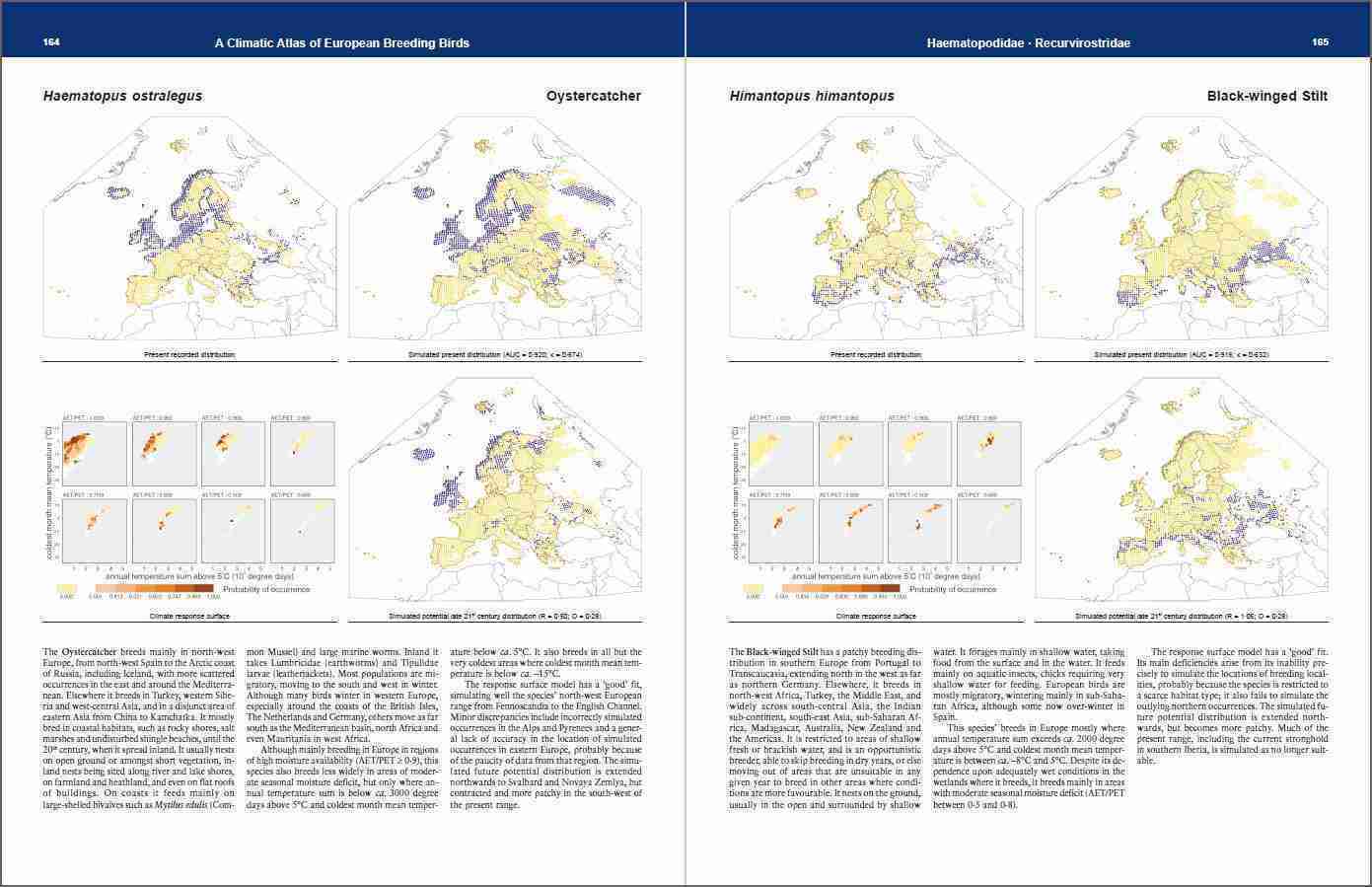

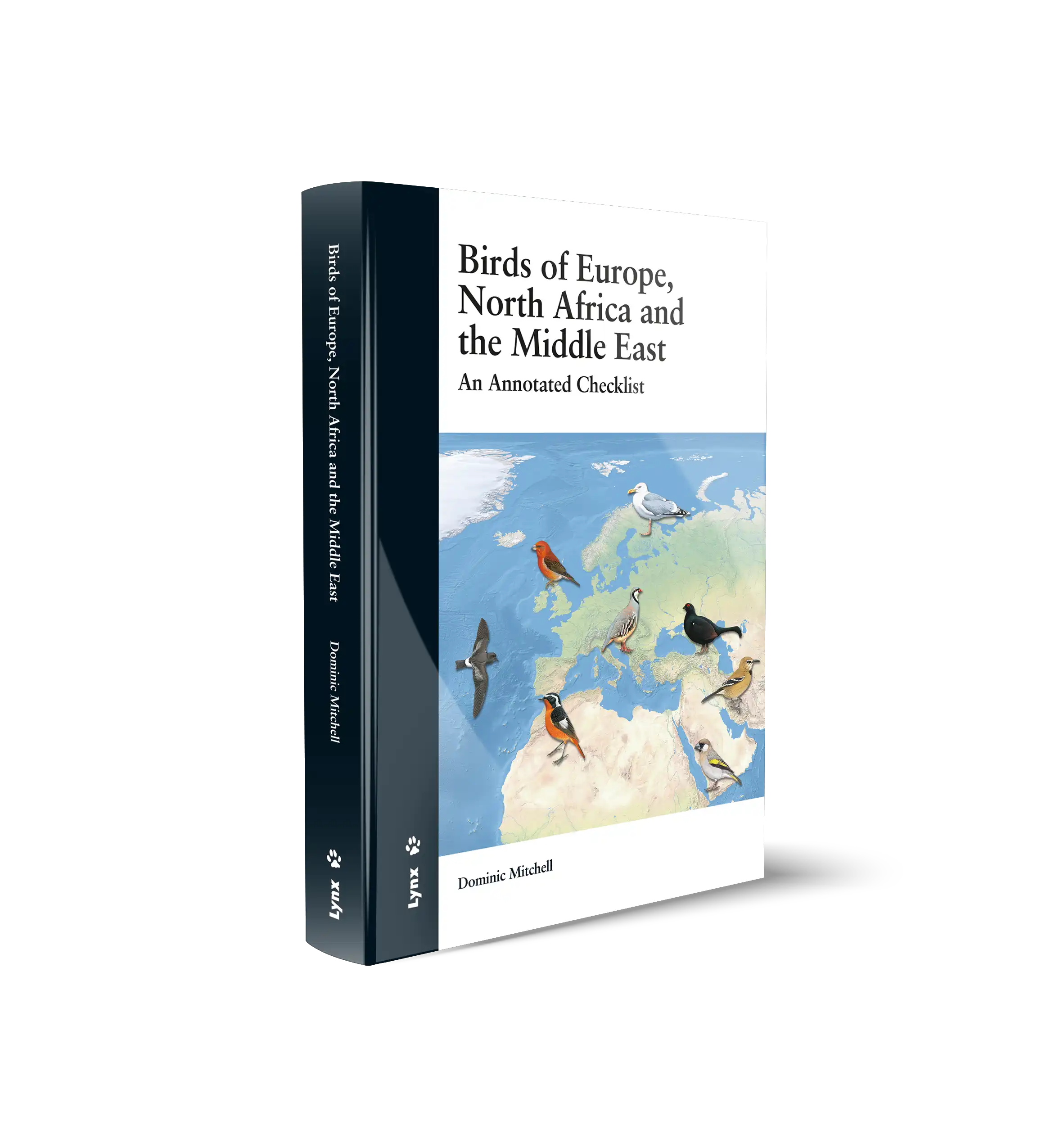
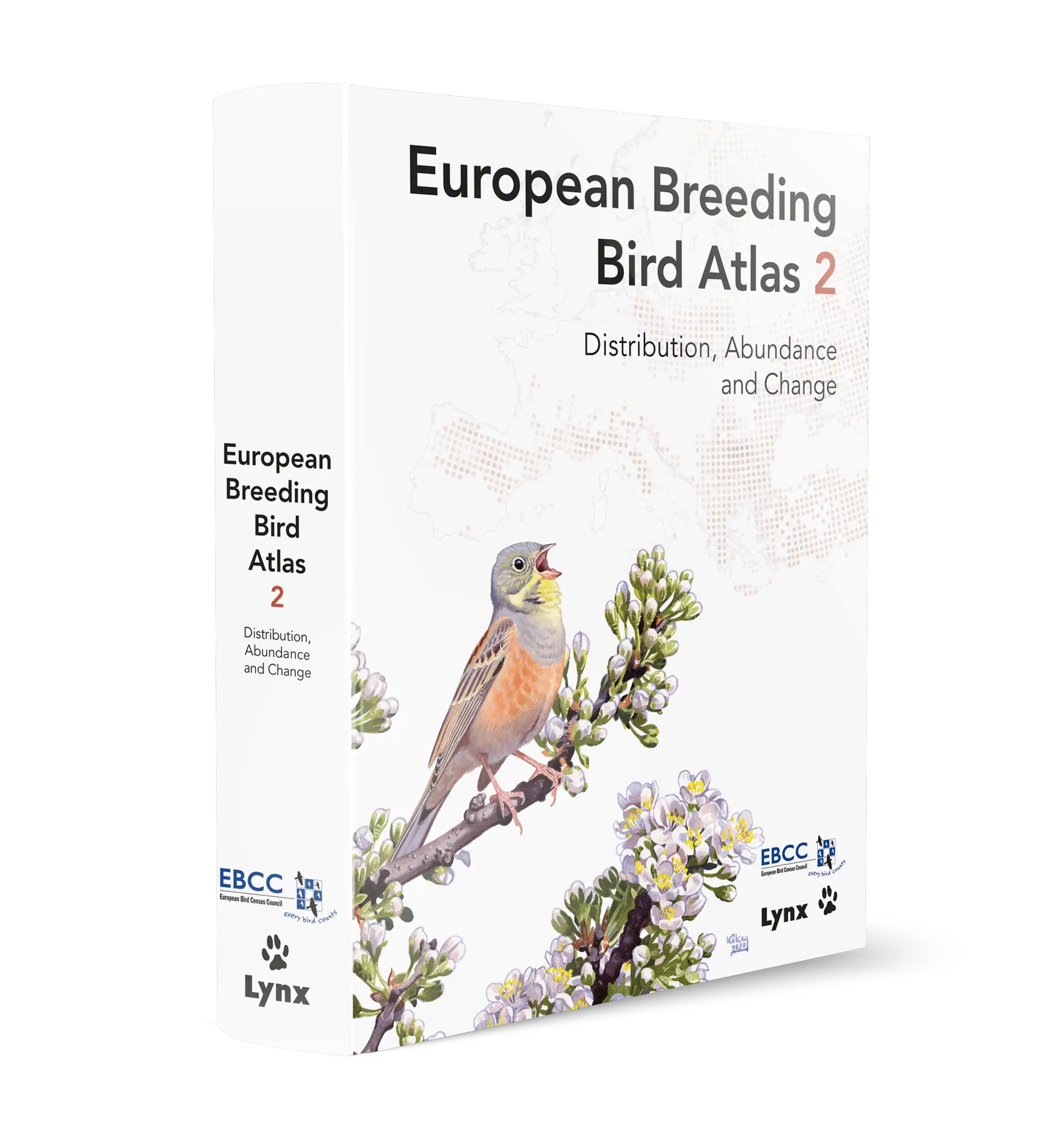
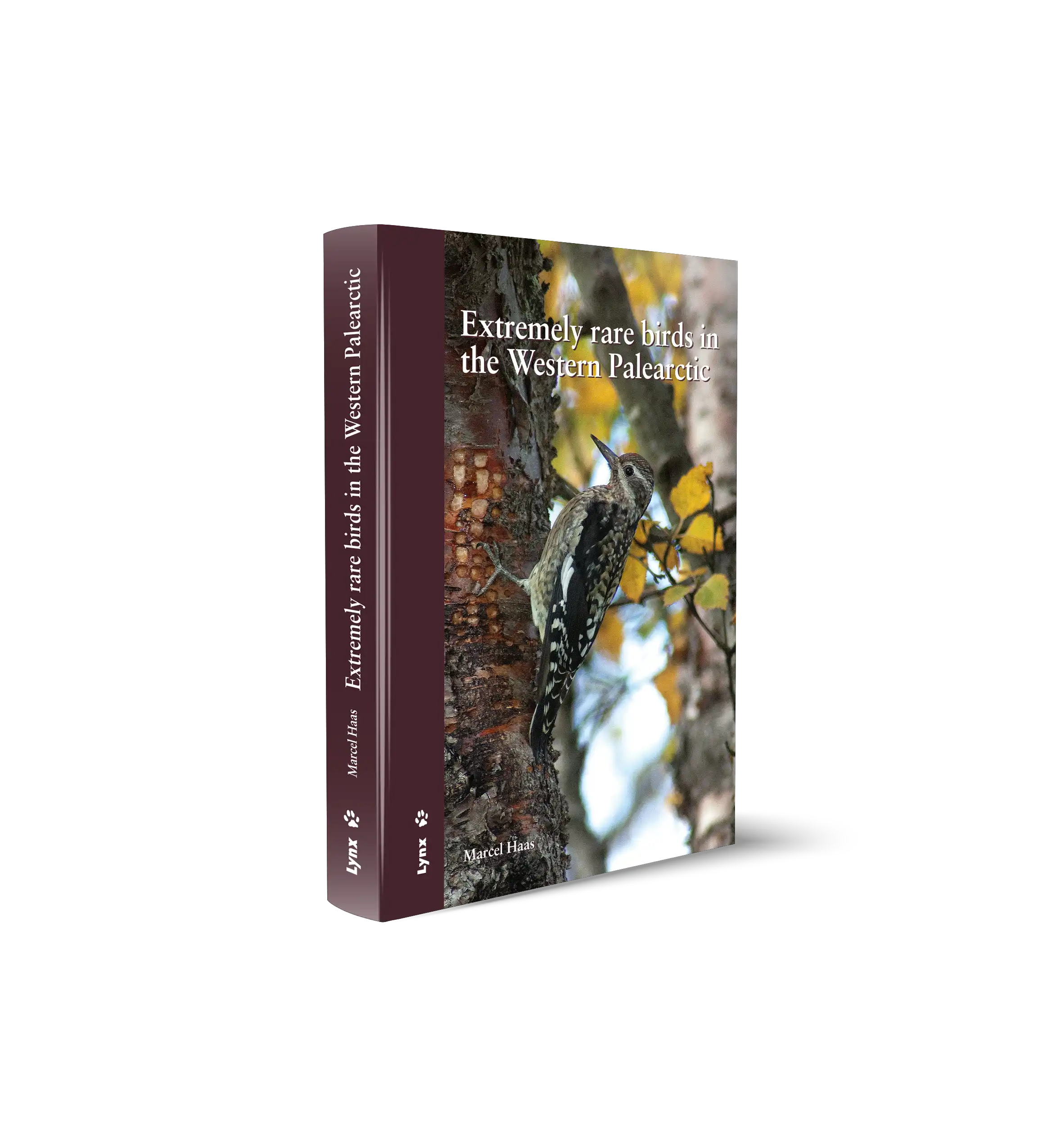
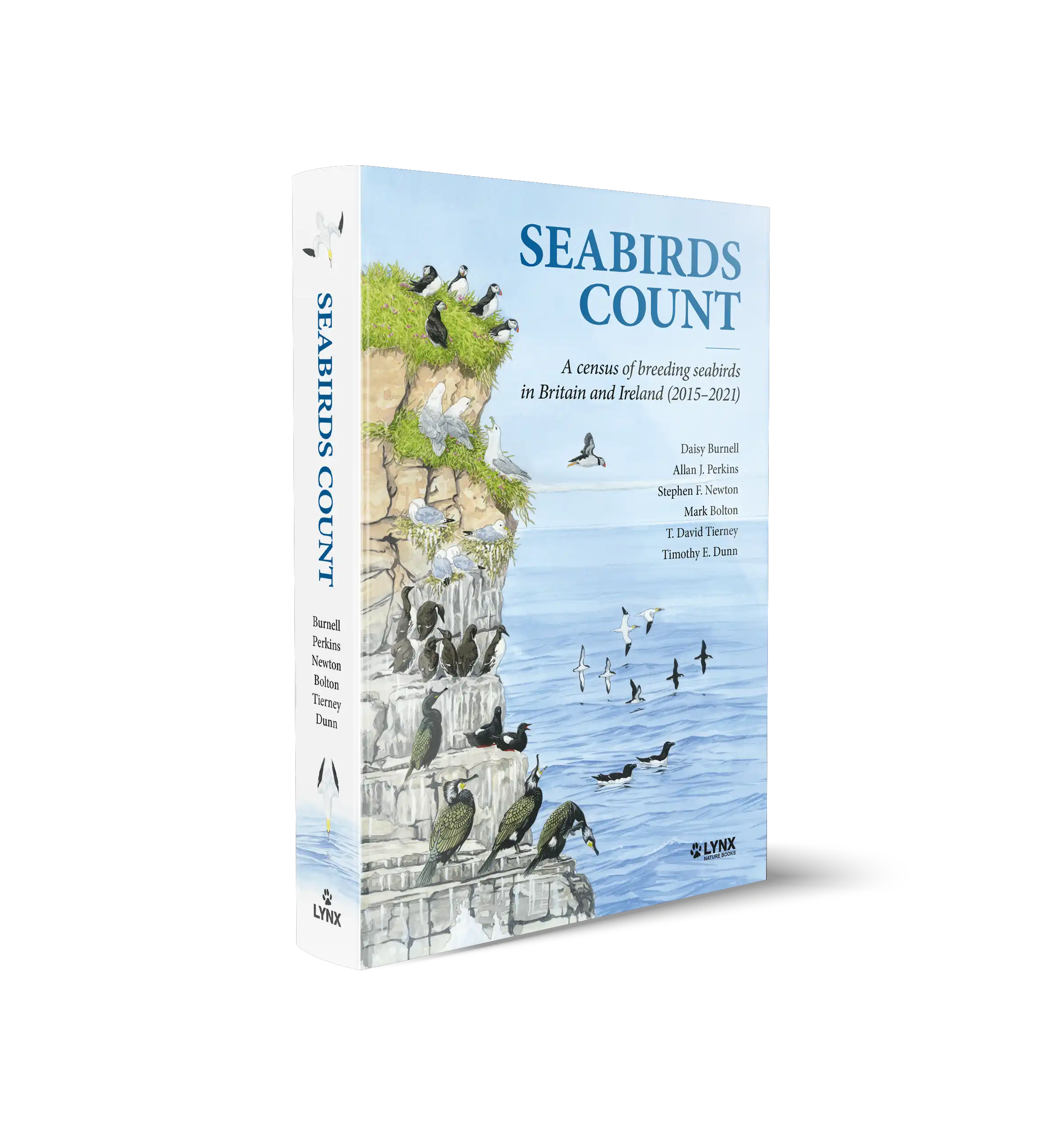
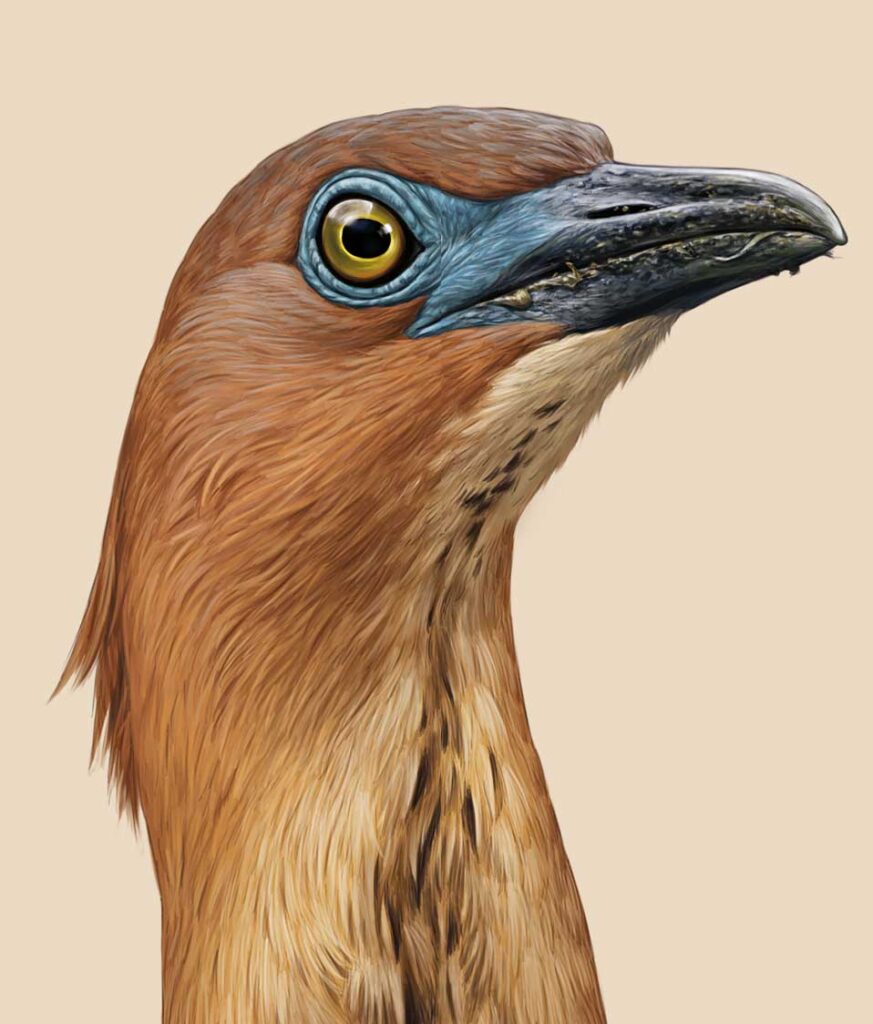
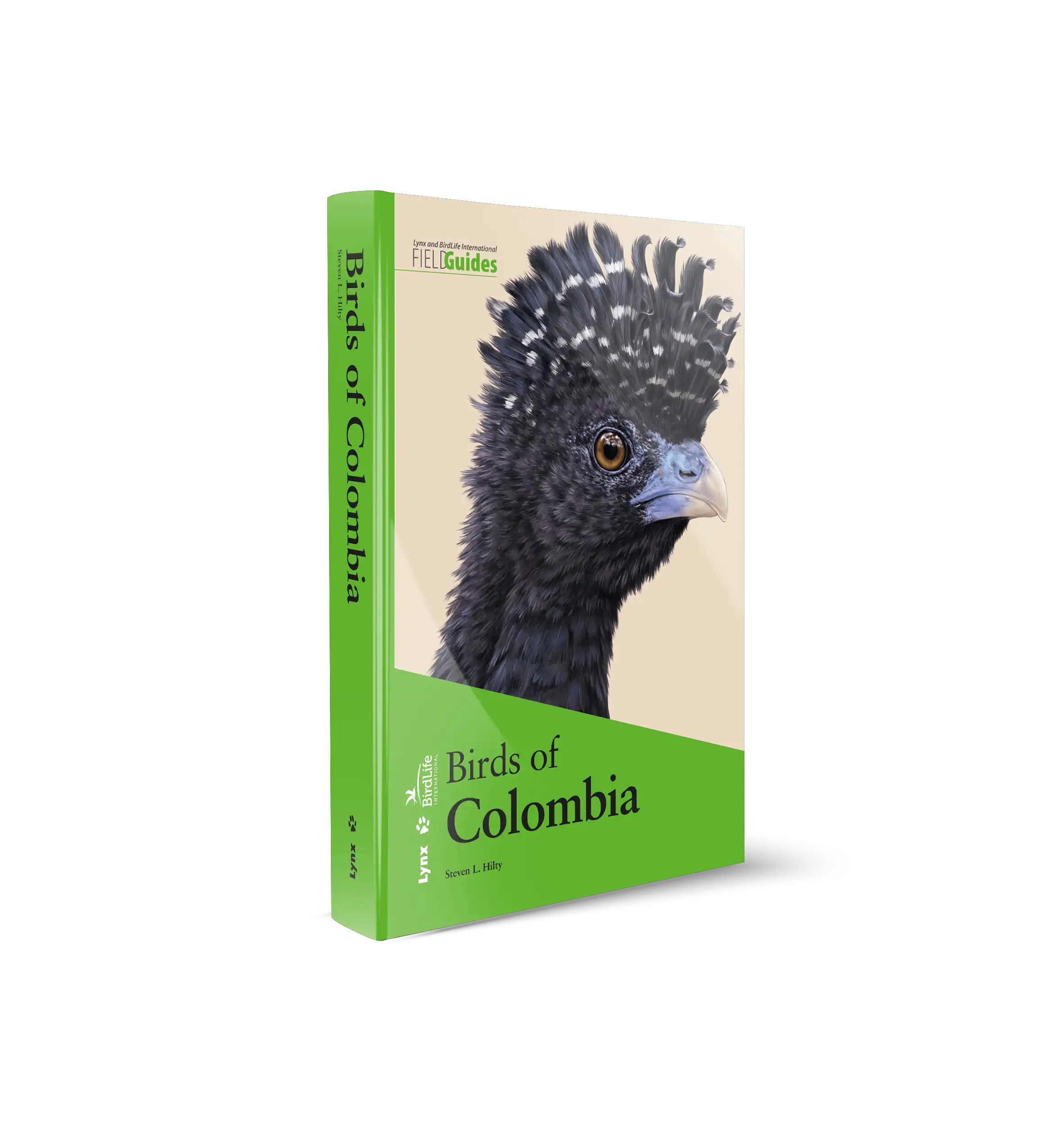
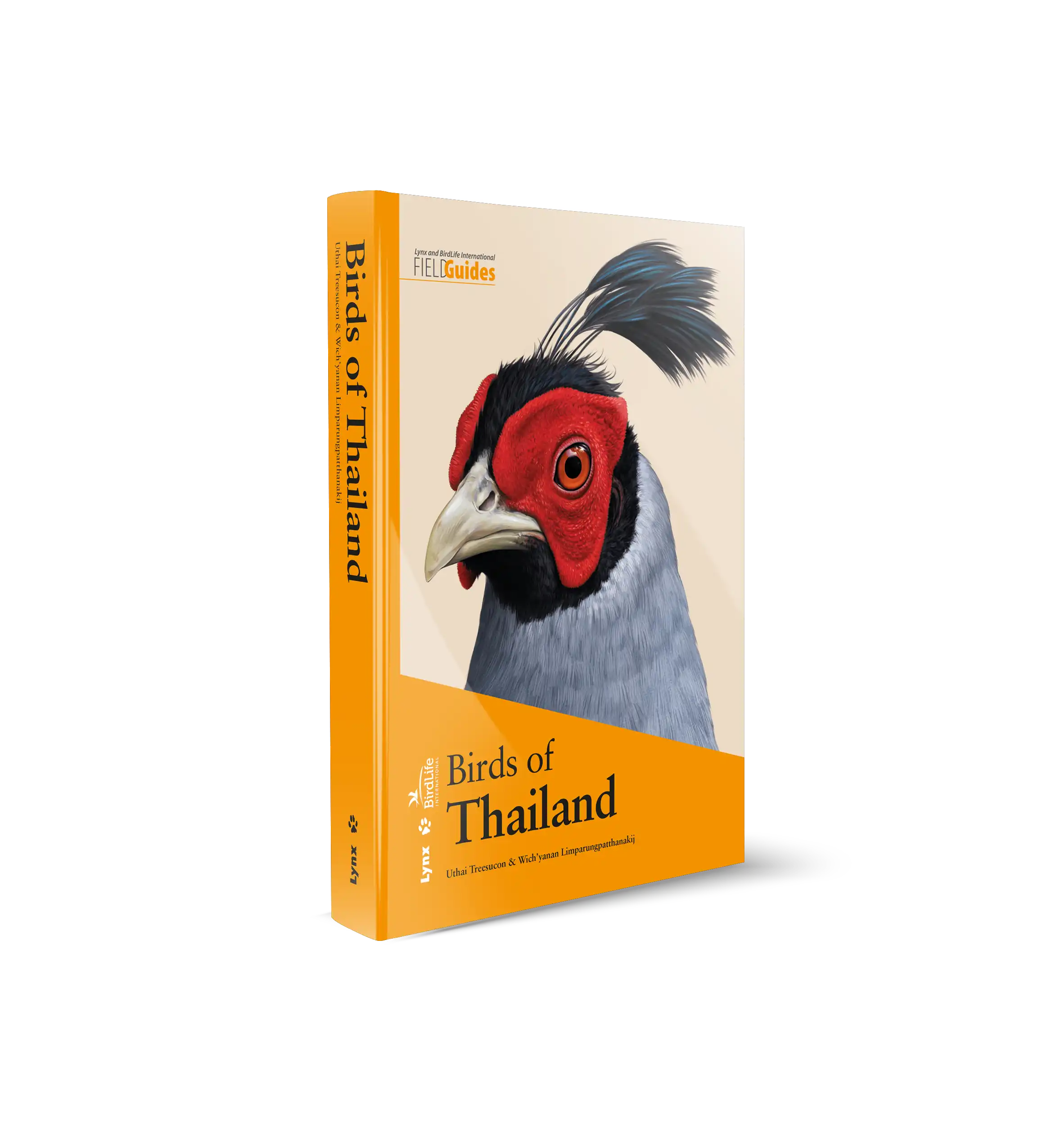









 Copyright 2026 © Lynx Nature Books
Copyright 2026 © Lynx Nature Books
Umut Toprak (verified owner) –
The book covers the very important subject of climate change, which dominates public discussions in aspects of life going beyond nature, such as public policy and economics. If one is interested in ornithology and birdwatching on any level, this is an important reference study.
The book is structured much like a dissertation or similar academic manuscript, with detailed introduction, methods, results (most of the book) and conclusions parts. However, the underlying data is not open as far as I could deduce from the text in the book, which makes it difficult to have experts assess the quality of the findings or reproduce them.
For me, the most unfortunate omission from the study was the analysis of the data from Africa for migrant species. The study focues entirely on the breeding grounds of the species breeding in Europe and how how those would be affected from climate change. However, pressures on wintering grounds, especially if they are in narrow and specialized regions can also prove significant. I wish this would have been covered in this important work.
One more aspect to consider is that the book is from 2007. Considering the rapid developments in climate science, I hope future editions with broader scopes would be considered by the authors.
I recommend the book to readers interested in ornithology and climate change. As the scope of the analysis is for the far future, it is of less relevance for readers interested in short term impacts on their observations as hobbyist birders.